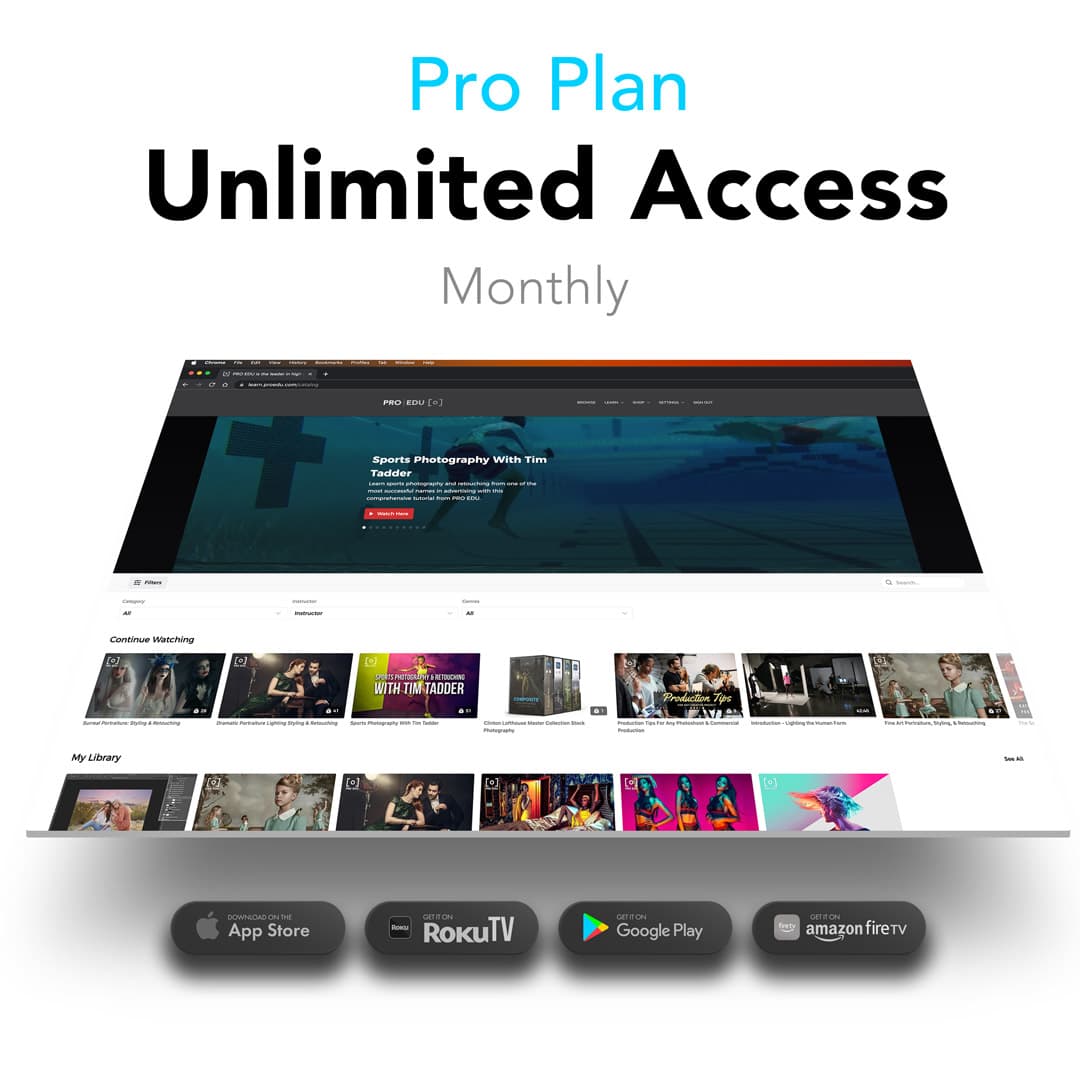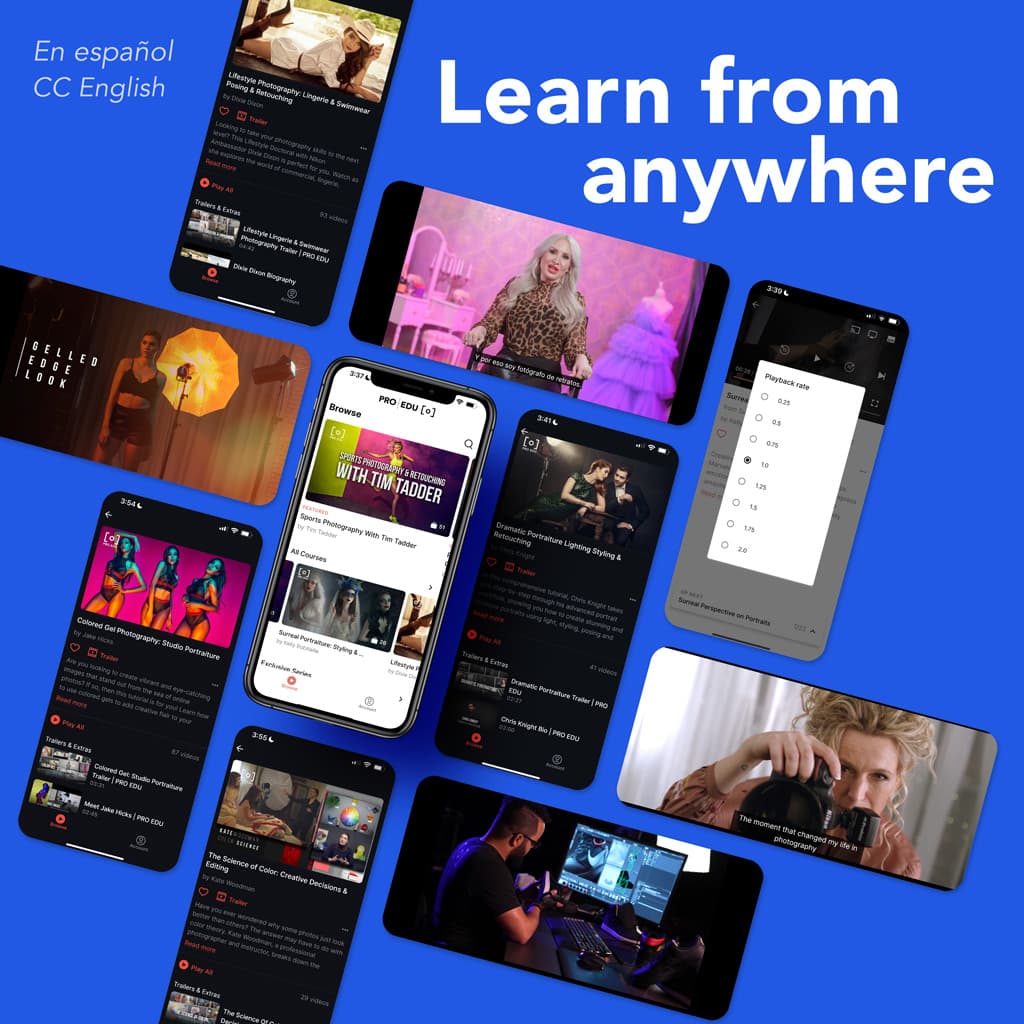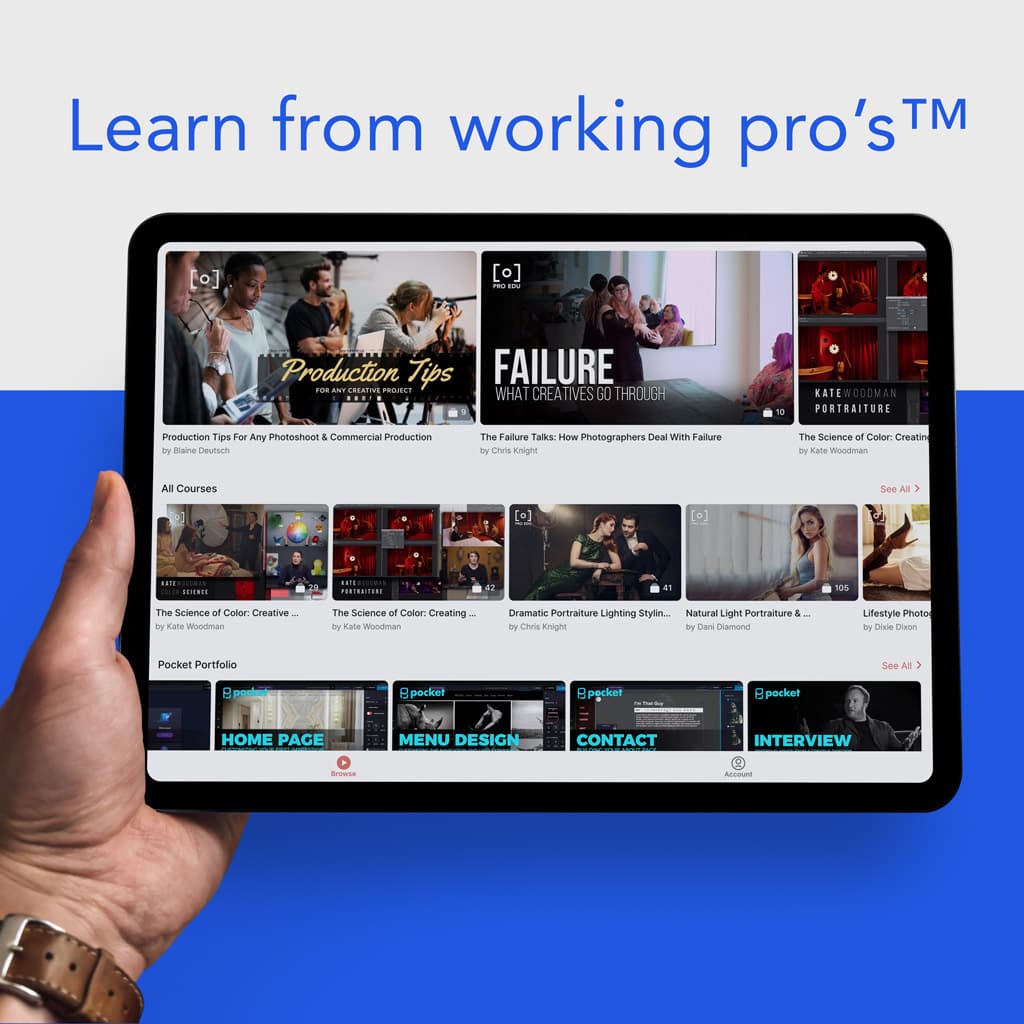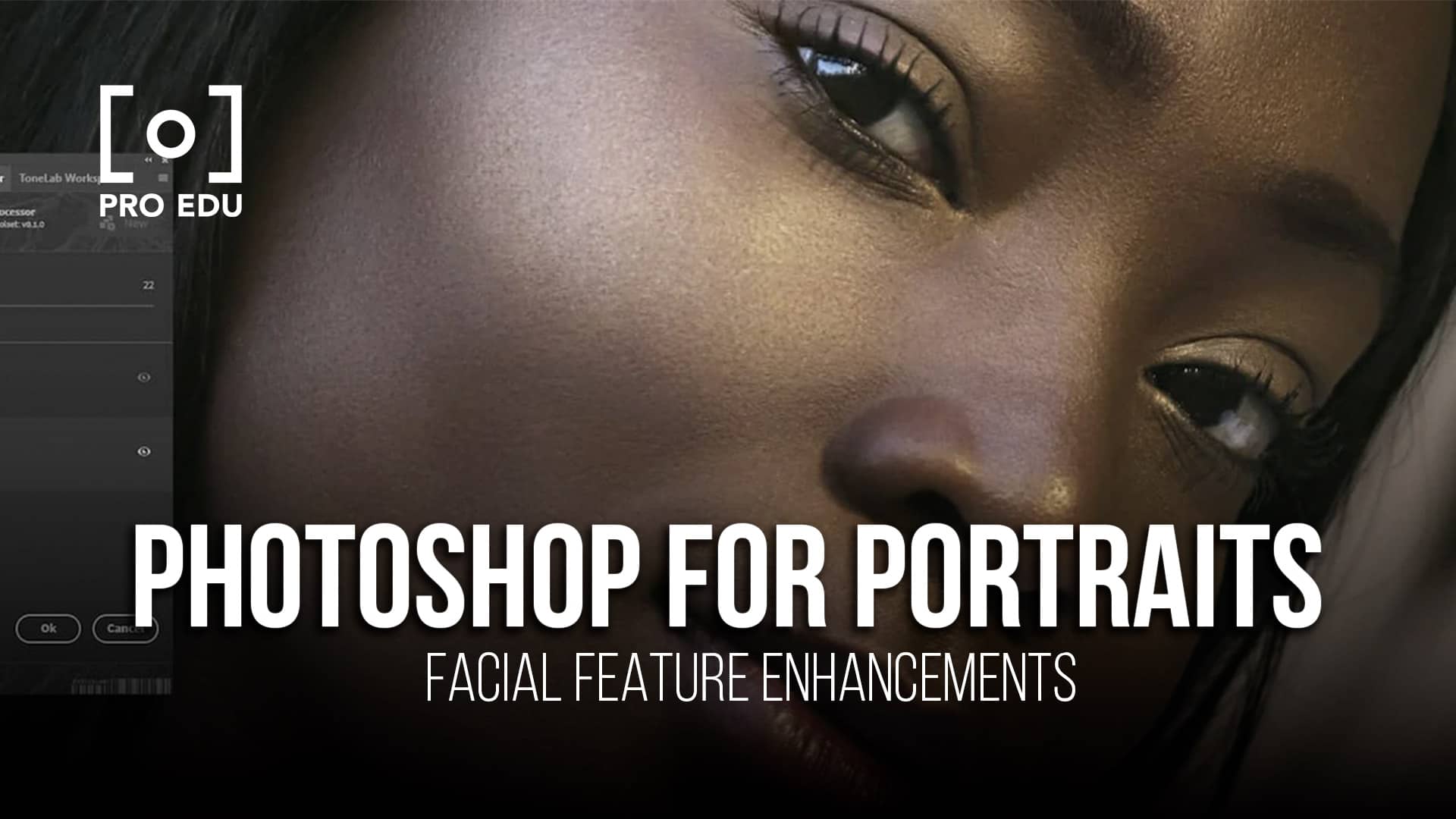WHY PHOTOGRAPHERS SHOULD BLOG & PURSUE SEO
Blogging can be one of the most productive aspects of a photographer’s digital marketing strategy, but many photographers are doing it wrong. How? They’re using their blog to talk to other photographers, not to their clients.
When potential clients search for photographers in their area, their search engines of choice will sort through listings to find out which photographers most closely match their search terms. Blogging is one powerful way photographers tell search engines what they do and who their target audience is. The problem is, many photographers make the mistake of writing blog posts as if other photographers were their audience instead of focusing on their potential clients.
This is an easy mistake to make because we spend much of our time in photographic communities, learning from educators and seeking the approbation of our peers. We forget that many of the most visible names in the photography industry also make a significant amount of income from photographers through selling workshops, actions, panels, and education. But most photographers don’t fall into that category, and when they blog as if they do, they attract the wrong audience.
For photographers to blog in a way that increases their SEO, supports their expertise, and contributes to conversion, they have to blog with their clients in mind.
THE BENEFITS OF SEO FOR PHOTOGRAPHERS
Blogging is essentially content marketing, and as an overall part of marketing strategy, it serves several functions, two of which are giving search engines information about their services that allows clients to find them, and letting clients see how the photographer can serve them and solve their problems once they’ve been found.
A well-written blog should both address the client and provide information search engines can use. The approach of creating so search engines get proper information is known as SEO, or Search Engine Optimization.
So, imagine what happens when photographers tell search engines their target audience is other photographers. And imagine what happens when a potential client does read a blog but gets the impression the information isn’t targeted at them. How likely is it that the blog will convert the visitor to a paying customer?
How can a photographer keep SEO in mind when they start a blog?

Photo byLauren Mancke
KEYWORDS
What keywords will clients use to find you? How are you distinguishing yourself in the marketplace? Know what keywords are tied to the intent of your target audience and write blogs that include those keywords.
Include those keywords in your title, subheadings, and section headings, but don’t overuse them.
FILE NAMES
Your blog posts should showcase amazing photos, and each should have a name that uses descriptive keywords. Naming your image “img_3271.jpg” has absolutely no SEO value. An image named “climbing-red-roses” is much more likely to show up in a search and lead someone toward your blog.
ALT TEXT
When a browser cannot render a photo, it relies on alt-text to explain to the reader what the photo contains. Most blogging platforms have dialog boxes where you can enter alt text that describes the content of the photo. This lets you include keywords and descriptions that make the photo easier to find.
It’s valuable not only for SEO but for making the content accessible to readers who cannot see the image.
COMPRESSION
Large files will drag down the speed of your website, your blog, and increase the load time, making it more likely readers will navigate away. Search engines have complex algorithms that take user experience into account, so make sure you compress your images so search engines don’t shy away from suggesting your content.

BE MOBILE FRIENDLY
Blogs that aren’t mobile responsive are likely to drive down your rankings and make users navigate away. Most blogging platforms will have tools for this, so check with your website or blog provider to see how responsive pages are used.
CONTENT IS KING
SEO isn’t the only important part of blogging. For a photographer to truly benefit from their blog, the content should create brand awareness in the right audience. To ensure you’re writing targeted content, keep the following marketing tactics in mind.
PROBLEM SOLVING
Clients come to you because they have problems you can solve and they need something you can provide. Whether it’s the desire to preserve memories, to feel seen, to have an enjoyable experience, or to create something fun, every client has a need they expect you to meet.
When you blog, know what needs your clients have and what problems you’ll solve for them. Write blog posts that explain how you’ve solved the same problem for other people, and give professional advice about how those problems can be tackled.
If clients believe you can solve their problems, they’ll be much more likely to seek you out.
BE SPECIFIC
The more specific you are in your messaging, the easier it will be for the right clients to find you. You aren’t just a wedding photographer, you’re a wedding photographer for destination elopements. You aren’t just a boudoir photographer, you photograph mature women who need to be reminded of their worth.
Getting specific with your content and what product or service you provide makes it more likely that your blogs will connect deeply with the right audience. This makes you a much better candidate than someone who is trying to reach everyone at once.
We all want to feel seen, and working with someone who doesn’t just photograph weddings but photographs alternative weddings for non-traditional couples means you can tailor your content and speak directly to your potential clients.
YOUR WHY
At the end of the day, people want to hire people, not businesses. Working with a photographer can be a very intimate experience, and when your target audience knows who you are and why you want to work for them, they’re more likely to trust you.
You shouldn’t be the focus of your blog posts, but your passion, your mission, and your drive should always be present. Clients want to see that you understand them and you’ve got their best interest at heart.
CONCLUSION
Blogging is a particularly powerful form of online marketing because it doesn't feel like marketing. It can also be expanded to other digital marketing channels, such as social media email marketing. That makes a blog a robust piece of content that has value across multiple platforms.
When you create content for your blog you should always be thinking about your readers. Who are they? What do you want them to know about who you are, the services you provide, what problems you can solve for them, and what the experience of working with you is like?
Rather than blogging with your peers in mind, figure out who your target audience is--who is going to pay your bills--and spend some time understanding what they’d need to know in order to hire you.
And once you’ve done that, optimize your content so search engines can easily find, index, rank, and suggest it to your ideal clients.



















